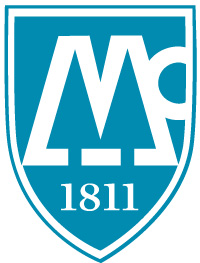(Editor’s note: the following obituary was submitted directly to the Lincoln Squirrel by Lucretia’s brother, Henry B. Hoover Jr.)
Lucretia Hoover Giese (1937-2018) died at her home in Lincoln on October 16, 2018 of cancer. Born in Lincoln on May 23, 1937 as an identical twin to the late Henry B. and Lucretia J. Hoover, Lucretia graduated from Oberlin College and received her master’s degree in 1980, working subsequently at the Seattle Art Museum and as assistant curator in the Department of Paintings at the Museum of Fine Arts in Boston.
She met her late husband, Paul E. Giese, in Seattle and moved back to the Boston area, where they were married on July 23, 1966. They took up residence in Lincoln, where her architect father remodeled a house for them. Paul worked for the Cambridge-based consulting firm Arthur D. Little, and Lucretia for the Museum of Fine Arts.
In the late 1970s, Lucretia returned to graduate school, receiving her PhD in fine arts from Harvard University in 1985 with her thesis, “Winslow Homer: Painter of the Civil War.” An academic career at the Rhode Island School of Design followed, where she was professor of history of art and visual culture from 1989, retiring as professor emeritus in 2007.
Lucretia helped found and was a board member of Friends of Modern Architecture/Lincoln that advocates mid-century Modern architecture in New England. Her post-retirement activities included serving as chair of the Lincoln Historical Commission and membership on the council of Historic New England. Her father designed the first Modern house in Lincoln (1937), which through her and her brother’s efforts, became the first of that period to be accepted into Historic New England’s Stewardship Program.
She and her husband continued to enjoy outdoor activities, cultural events and museums while traveling extensively in this country and abroad.
Lucretia is survived by her brother, Henry B. Hoover, Jr., of Bedford. Contributions in her memory to Harvard’s Henry B. Hoover Fellowship are welcome. Checks may be made out to the Harvard University Graduate School of Design (note the Henry B. Hoover Fellowship in the memo line) and mailed to Alumni and Development Services, Harvard University, P.O. Box 419209, Boston, MA 02241.
A celebration of Lucretia’s life is planned.










